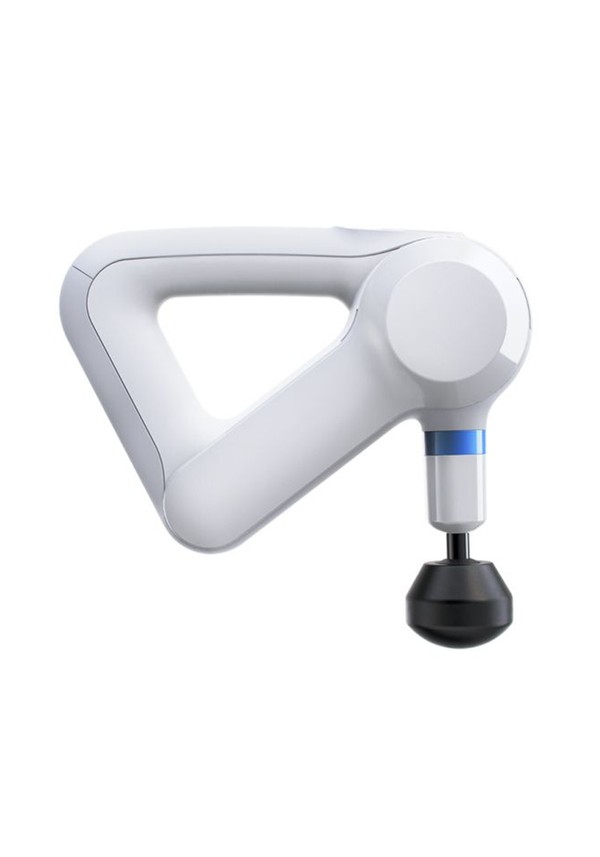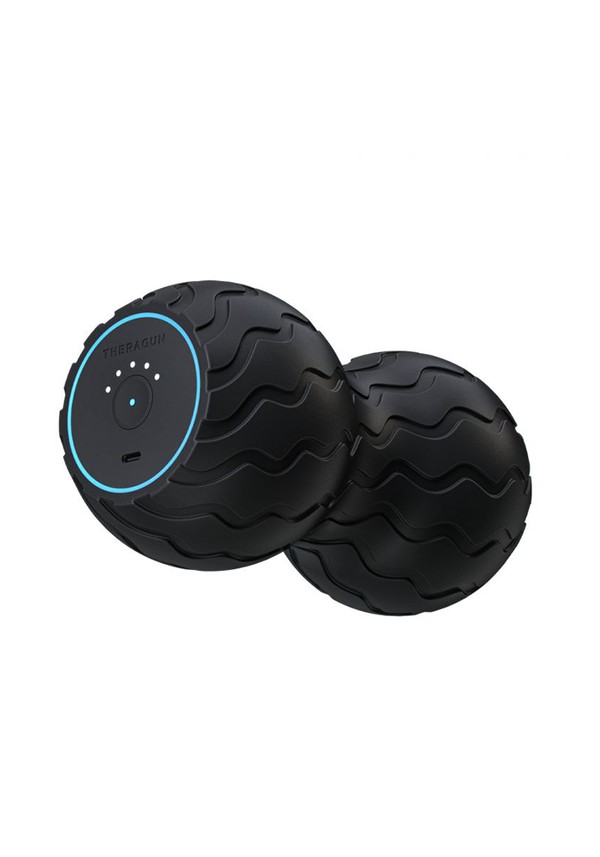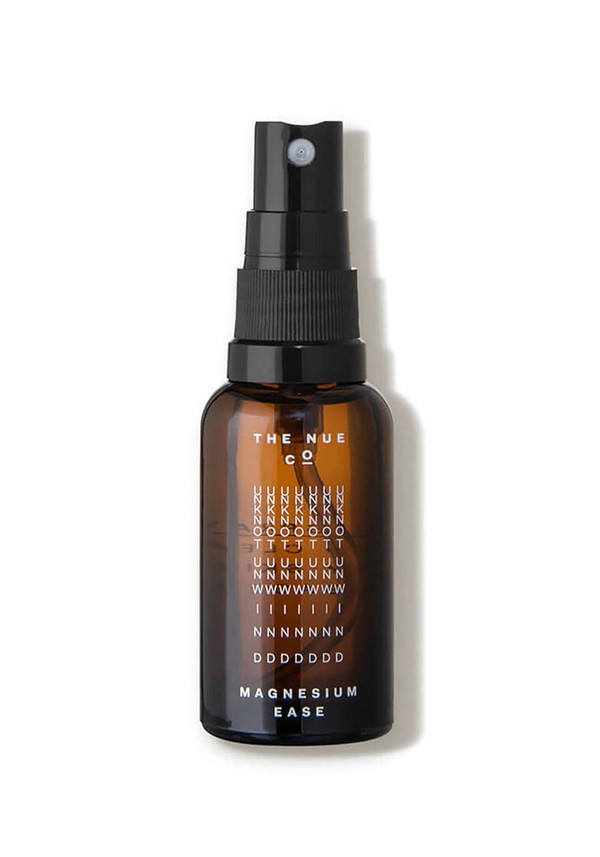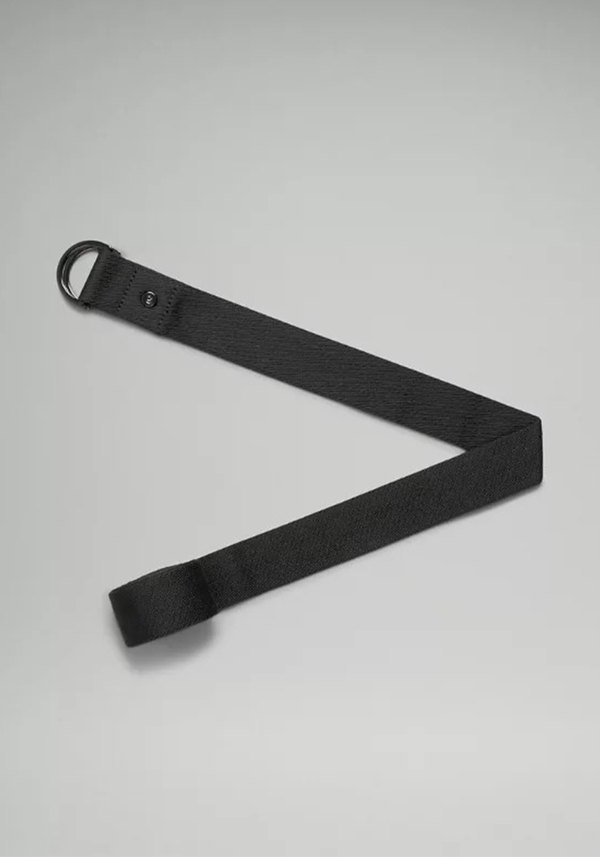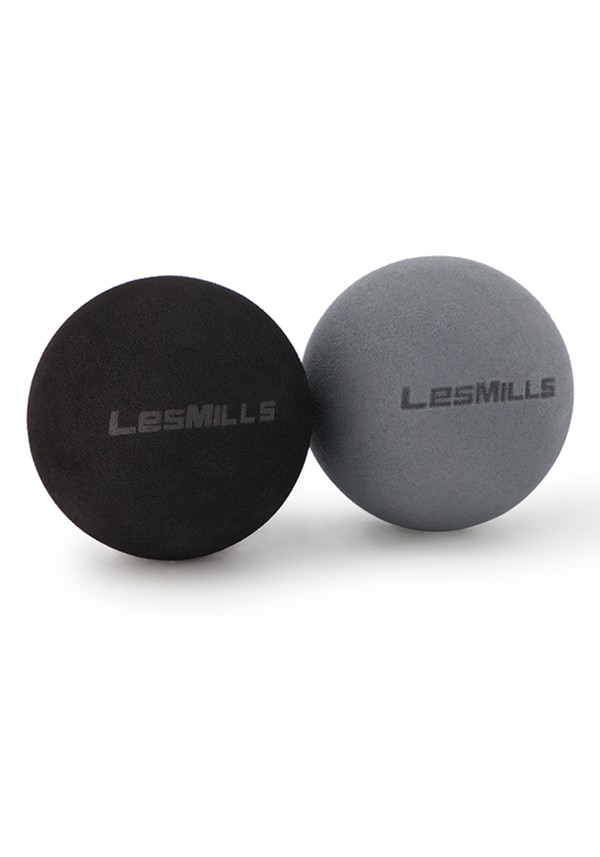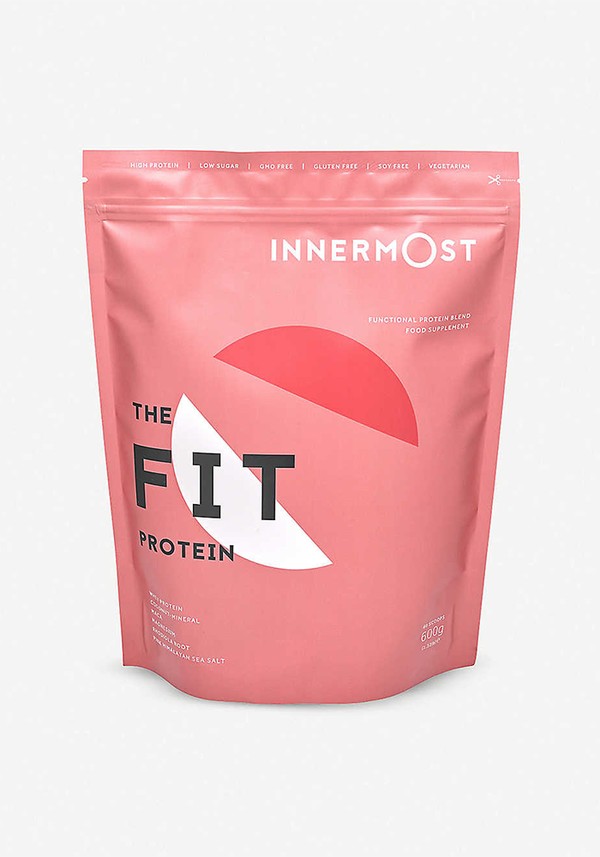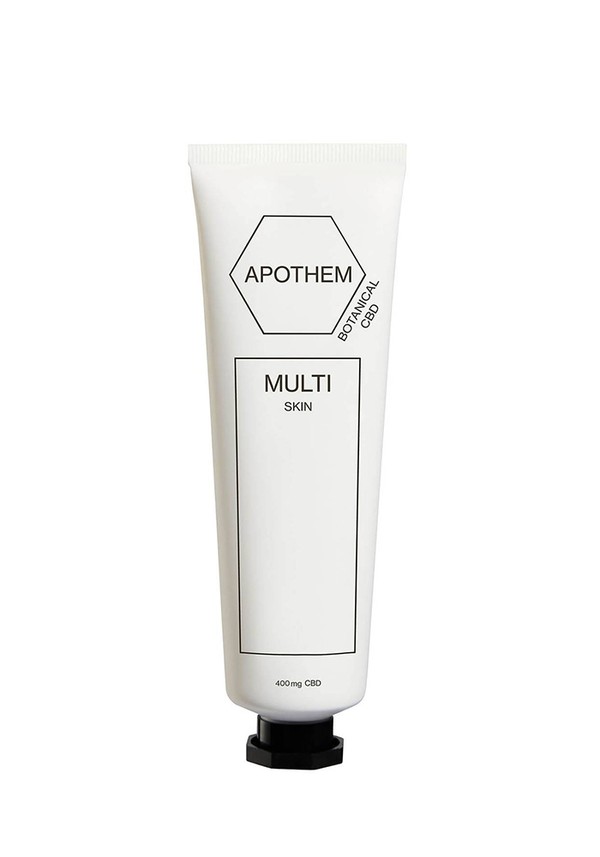How To Relieve Sore Muscles & Aid Recovery
Listen To Your Body
Muscle soreness is a common reaction to training. But what’s normal when it comes to muscle fatigue, and what’s a sign you should take a rest day? “Delayed onset muscle soreness (aka DOMS) occurs 24-48 hours after a workout and is a sign your muscles are inflamed,” explains Adam Ridler, master trainer and head of fitness at Ten Health & Fitness. “Muscles can feel tender to touch, fatigued and tired. Signs you’ve pushed too hard include joint pain, deep and uncomfortable muscular pain and in extreme circumstances, you can feel drained and depleted. It’s also worth knowing that every workout can cause some form of muscular soreness. High-impact exercise such as HIIT, running and heavy weights will cause the most soreness, while low-impact activities like cycling and rowing will cause the least.”
Know It’s Not The End Goal
Whether you’re sprinting or using the cross-trainer, DOMS can happen, but it isn’t a reflection of how hard you’ve worked. “If you are looking to tone and build lean muscle, it’s not imperative to have sore muscles, likewise having sore muscles doesn’t always mean growth,” Adam stresses. “Plus, the stronger and fitter you are, the less likely DOMS is to happen. If you have been using weights for years and consider yourself at an advanced level, chances are you will rarely experience DOMS and can still have a very effective workout.” If, however, you’re just starting out in the gym, know that muscle stiffness is almost inevitable. “DOMS happens when you increase the intensity, frequency or volume of your normal exercise routine,” adds Jon Denoris, PT and owner of Club 51. “It can also happen the first time you do a new move or if you take time out from training. However, being sore isn’t necessarily related to muscle gain.”
Work A Different Body Part
Exercising sore muscles isn’t always a bad thing, but it shouldn’t be done too often, or too intensely, adds Dean Hodgkin, PT and head of programming at fitness app Truconnect. “There’s no reason why you should skip a workout if you are feeling sore, providing you can accommodate the discomfort, but opt for a low-intensity session. If you don’t, you risk breaking down muscle cells which can lead to what we call a ‘catabolic effect’, whereby you’ll lose healthy muscle tissue. If in doubt, go for a long walk or gentle jog. Studies show that active rest (i.e. gentle exercise at a much lower intensity than your usual sessions) is better for DOMS than simply doing nothing.” Adam agrees, adding that light cardio can help remove lactic acid from muscles, which in turn reduces the discomfort of DOMS.
Always Warm Up
A dynamic warm-up – even if for a few minutes – is crucial to both prevent muscle soreness and reduce your risk of injury, says PT Louisa Drake. “Low-intensity, dynamic movements similar to the class or workout you’re about to do can help. Aim to loosen muscles and joints to increase your range of motion, raise your heart rate to increase blood flow to the muscles and warm the body’s temperature to reduce stiffness and prevent injury.”
Incorporate Static Stretching Post-Workout
Save static stretches for your cool-down, Louisa adds, to move the lactic acid out of your muscles and reduce soreness. “Hold stretches for ten to 60 seconds in a fixed position to help muscles regain their shape and help blood flow return to a regulated pace. If you experience DOMS the day after exercising, try holding your stretches for closer to the minute mark. When stretching, be gentle and don’t force it. You should feel the muscle lengthen, with a slight pull and a little discomfort, but never pain. Slowing your breathing pattern will also help keep it smooth and aid relaxation as you stretch. Focusing on one muscle at a time helps, too. Linger where you feel a tight spot and breathe into it until you feel a release.”
Try Eating Salmon For Dinner
Protein is a vital nutrient for building and maintaining muscle, so it plays a crucial role in helping muscles recover from a tough workout. While needs vary, keen gym goers should aim for 1.4-2g of protein per kilogram of bodyweight per day, and ideally around 20-25g of protein after exercise, says Louisa. “Food is one of the most effective ways to accelerate recovery and reduce muscle soreness,” she says. “Any form of protein is great, but salmon is particularly powerful as it contains omega-3 fats which have anti-inflammatory benefits to reduce muscle soreness. Eggs are also the perfect protein source as they boast the second-highest concentration after milk of leucine, which is the most important amino acid for building muscle. If you are following a plant-based diet, pea and soy protein powders are the best for muscle recovery.”
Perform Your Own Sports Massage
Whether it’s a foam roller, pressure point ball, massage gun or yoga block, all self-massage techniques work in the same way to break down scar tissue and release tight muscles, says Louisa. “A foam roller is a great place to start, especially if you struggle with flexibility. A single session of foam rolling can increase hamstring flexibility by 4% (around three-quarters of an inch). Rolling a foam cylinder under muscles that feel tender prior to a workout can not only improve muscle performance but also speed up recovery when included in a cool-down. Think of it as your personal masseuse.”
Take A Supplement
If you are vegan or don’t like oily fish, Louisa recommends supplementing with a high-quality oil. “Bare Biology’s omega oils are some of the most potent on the market and are known for their purity, freshness and sustainability – take regularly to control inflammation in sore muscles.” Blueberries and tart cherries have also been shown to significantly reduce muscle damage and pain by helping to remove the waste products produced during intense exercise. “One recent study found that drinking blueberry juice allowed for faster recovery of muscle function after training, as measured by strength tests. You can eat your berries or supplement with tart cherry juice or powder. Tart cherries provide the bonus of raising the sleep hormone melatonin in the body so that you get better rest,” Louisa continues. Supplementing with L-carnitine, magnesium and vitamins C and E can also help, says Dean. “These nutrients won’t eliminate muscle pain entirely, but taken regularly, they may minimise inflammation and speed up recovery.”
Visit Ten.co.uk, ClubFiftyOne.co.uk, Truconnect.fit & LouisaDrake.com
Shop The Tools You Need...
DISCLAIMER: We endeavour to always credit the correct original source of every image we use. If you think a credit may be incorrect, please contact us at info@sheerluxe.com.

